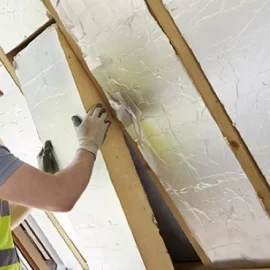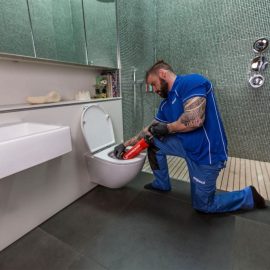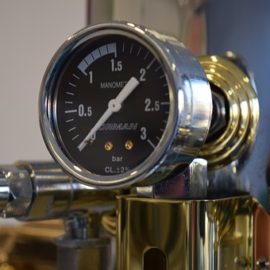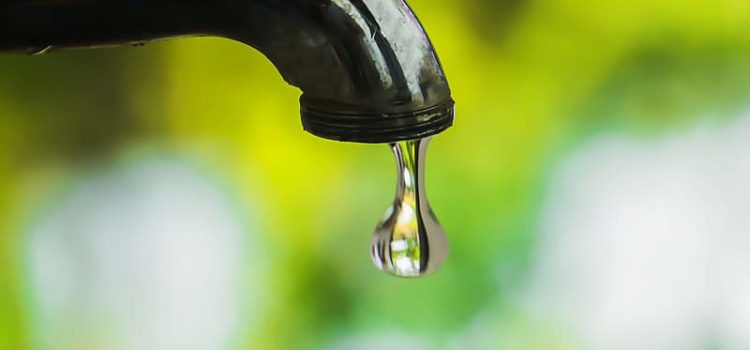
Water used in homes has long been thought of in terms of clean drinking water (known as potable water) coming into the house from the mains and sewage going out. However, the wastewater from baths, showers, washing machines, dishwashers and sinks, known as greywater, fits somewhere in-between and typically makes up between 50-80% of a household’s wastewater.
If recycled properly, greywater can save approximately 70 liters of potable water per person per day in domestic households. This makes greywater recycling one of a number of water solutions that we should look towards to decrease our water consumption.
If your house is metered, recycling greywater can significantly reduce the volume of water you use thereby saving you money on your water bills.
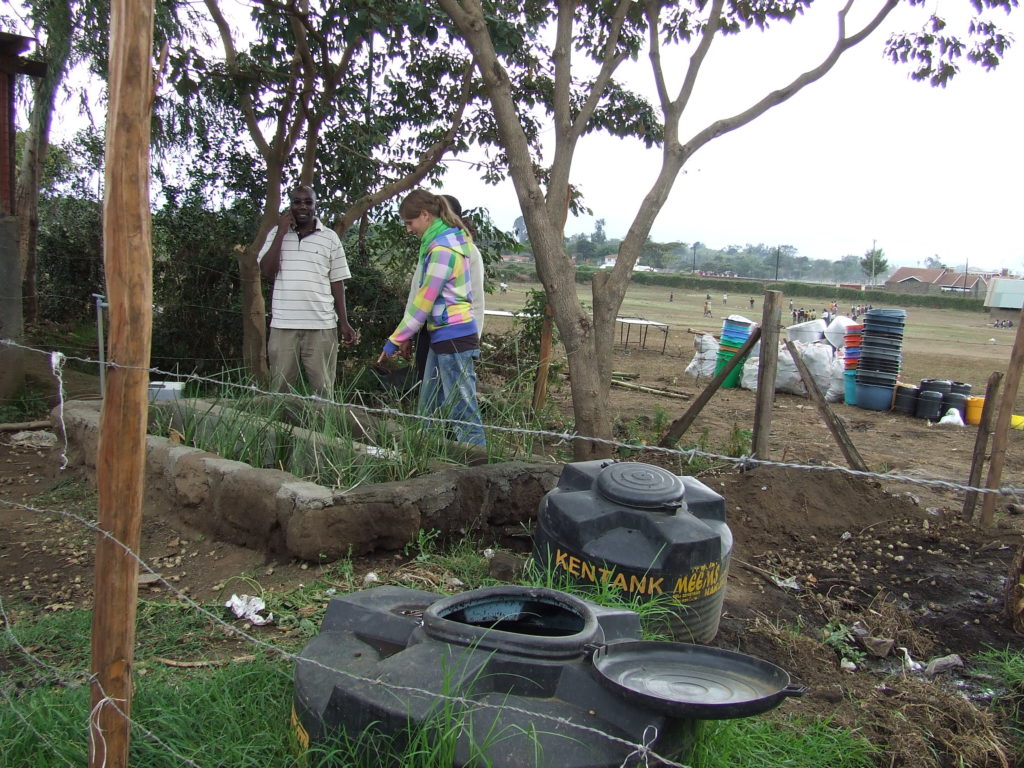
How does Greywater Recycling Work?
Please remember that greywater is never going to be safe to drink, even when treated. However, the reclaimed greywater can be used to flushing toilets, wash clothes and water your garden. There are various ways to treat greywater, ranging from very simple methods to complex fully automated treatment systems, depending on what you want to use the water for.
1. DIRECT USE SYSTEMS (FOR WATERING PLANTS)
If you don’t want to treat the water, you need to use it very quickly since bacteria present in the water feed on any organic matter present (e.g. skin particles, hair and detergents) and multiply very quickly. Once the bacteria have used up all the oxygen it will become foul smelling, and these anaerobic bacteria can contain harmful human pathogens.
Using this greywater is relatively simple, you can either syphon it directly from the bath or sink or you can fit a valve to the external waste pipe allowing you to direct the water to a water butt, so it can be used as needed to water the flowerbed.
It is not recommended to use greywater on fruit or crops, since there is a chance the plant will ingest the harmful pathogens when they are watered.
2. BIOLOGICAL SYSTEMS (NON-FOOD DEBRIS)
Sand filter method: The initial filtration can be simply achieved using a sand filter that removes any large particles. The greywater enters the top of the sand filter and travels down through the sand via gravity, with the sand removing any sizeable particles.
Wetland: Another way of treating the greywater is using a wetland, where the water is retained at a level close to the surface, allowing aquatic plants such as reeds and bulrushes to flourish. Subsurface wetlands are considered better for treating greywater, as it lowers the chance of odors escaping, there is less chance of freezing during cold weather and has lower human contact.
3.BIOLOGICAL SYSTEMS (INCLUDING FOOD DEBRIS)
Greywater with food debris in it needs to be treated anaerobically using a septic tank. The water that comes out of the other end of the septic tank can then be treated with the soilbox filter or using wetlands as mentioned above.
4. MECHANICAL FILTERS (FOR USING THE WATER TO FLUSH TOILETS)
It is a relatively simple process to undo the U-bend under a sink and capture wastewater in a bucket, which you could then manually pour into the cistern of a toilet. However practically, this is quite a time-consuming job for something that can be easily automated.
The greywater can also be treated using more expensive mechanical filters, such as microfiltration systems using membranes. We have looked at this in more detail in harvesting rainwater – so please look there for more information.
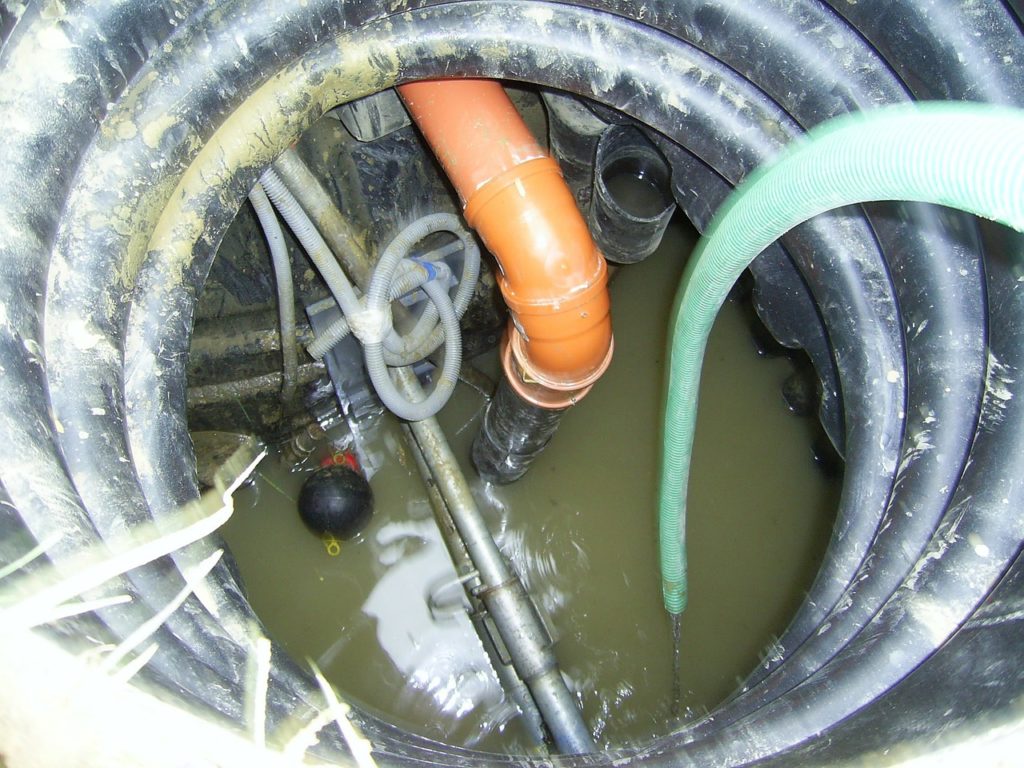
Uses for Treated Greywater
Flushing Toilets: Typically, about a third of household water is used for flushing the toilet, but reclaimed greywater can be used to fulfil this purpose saving valuable potable mains water.Once the greywater was gone through the complete filter process and treated with chemicals to kill all microorganisms it can be pumped from source back to the toilet via a header tank and used as appropriate.
Watering Plants: A great deal of water is also used in the summer to water plants – this is again a waste of potable water. Greywater can be used in combination with an irrigation system to water the garden automatically. This is good to have in place because it targets specific areas of your garden and is therefore more eco-friendly.
Wash Clothes: Reclaimed greywater can also be used for washing clothes; again, this has to be treated to a similar level as the water used for toilets. And like the toilet greywater, plumbing needs to be put in place to redirect the water to the appropriate place in the house.
Do you already recycle your greywater? Share your experiences in the comments below!

